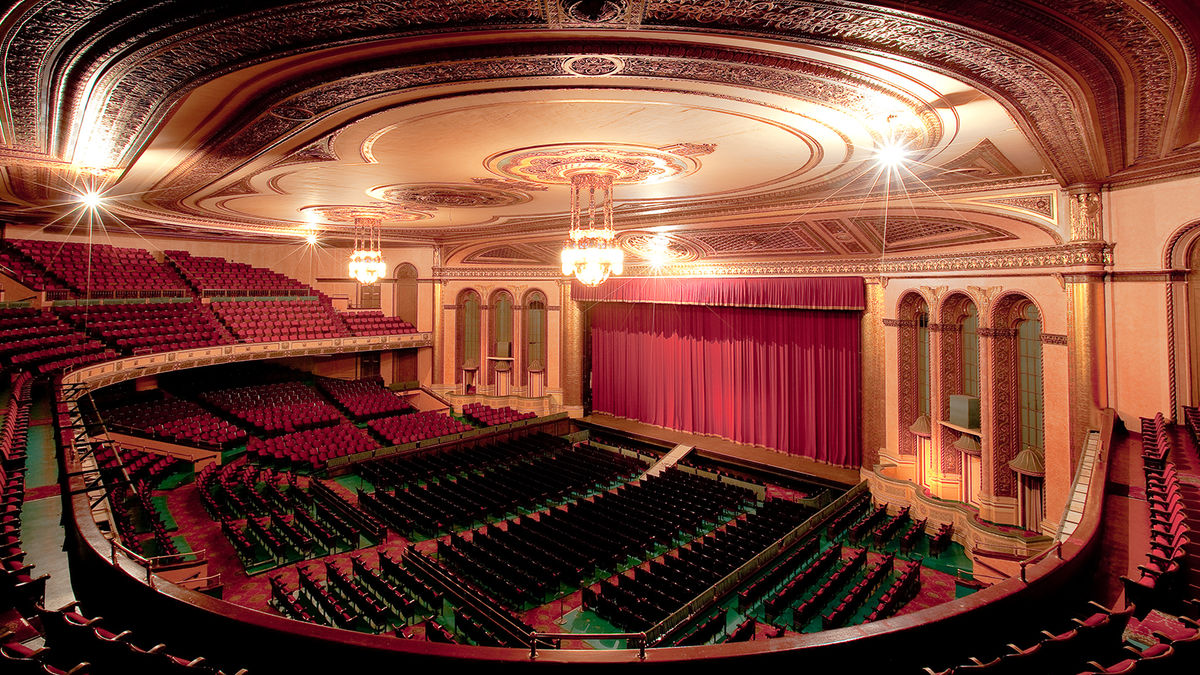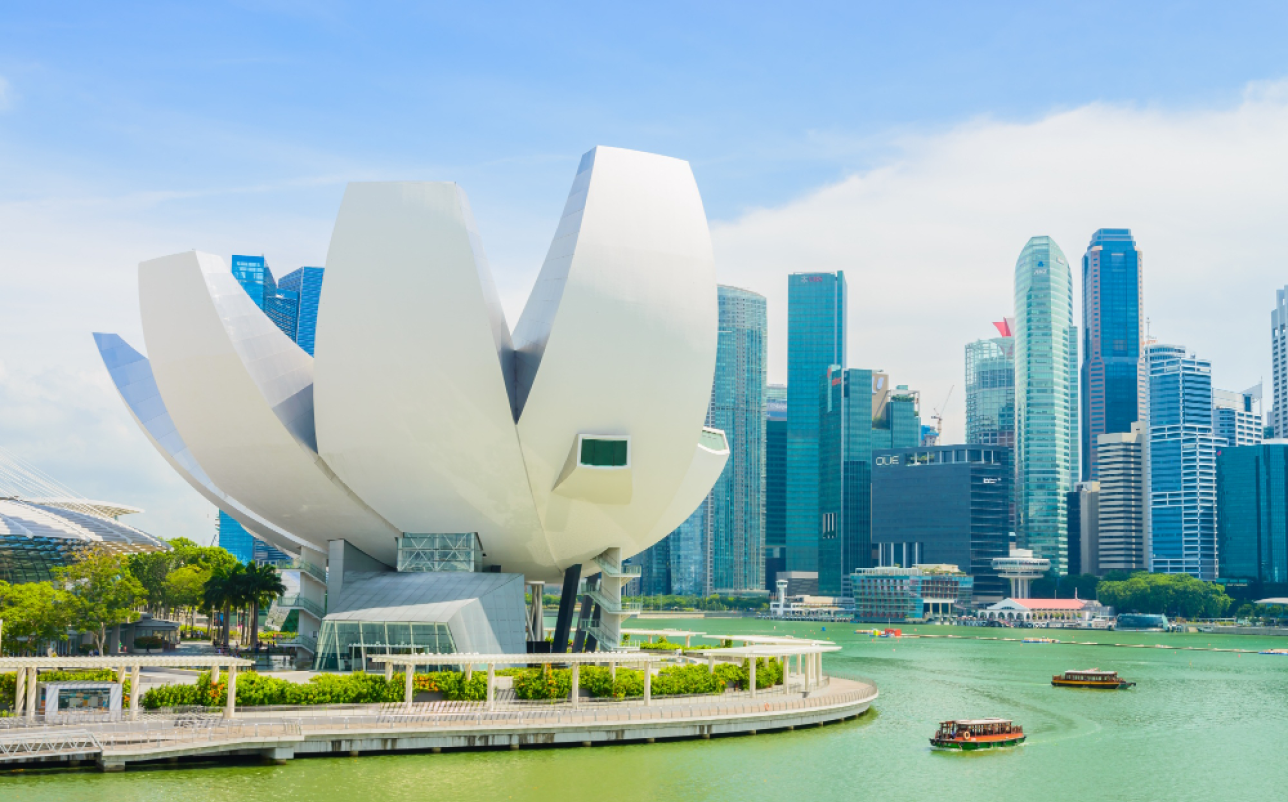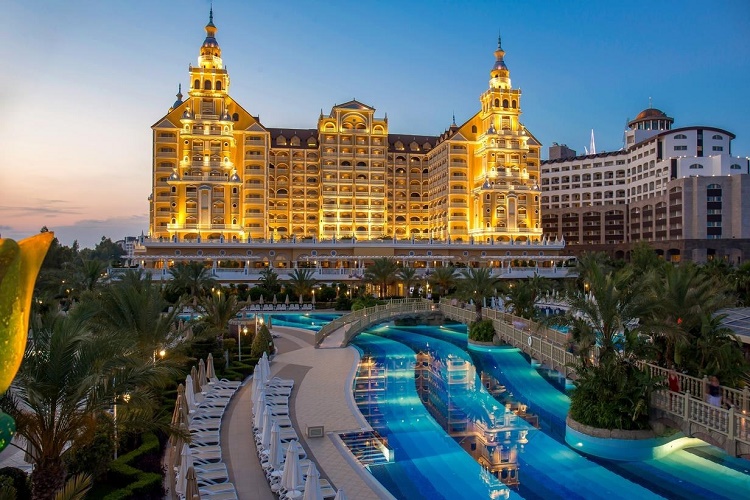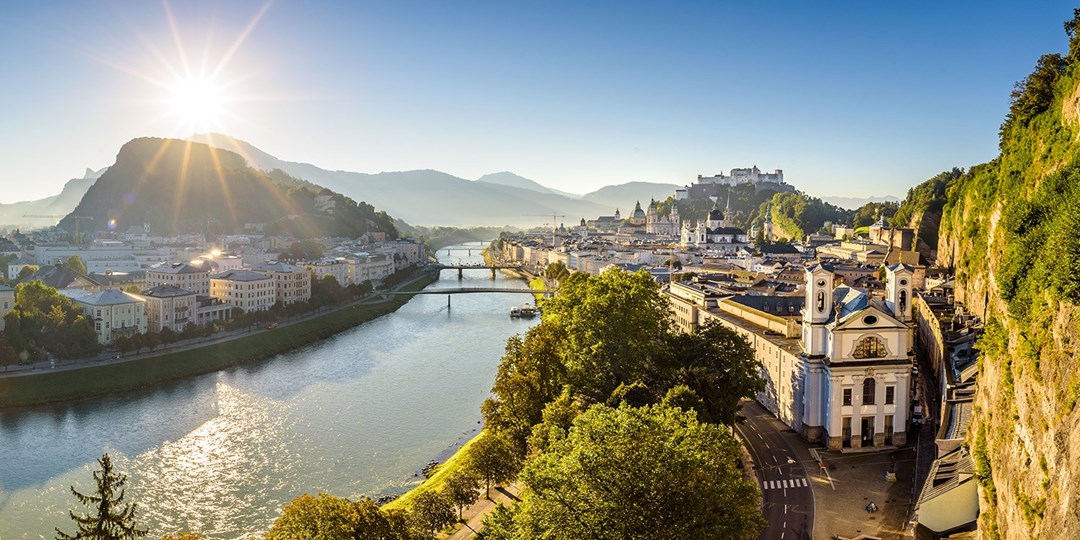The Masonic Temple in Detroit, Michigan is a remarkable building that stands out among the city’s skyline. Its grandeur and beauty have made it a popular destination for tourists and locals alike. The temple is not only an architectural masterpiece but also a cultural and historical landmark. Let’s take a closer look at the history and significance of the Masonic Temple in Detroit.
History
Construction of the Masonic Temple began in 1920 and took fourteen years to complete. It was designed by George D. Mason, who also designed the Grand Hotel on Mackinac Island. The temple was built to serve as the headquarters for the Detroit Masonic Temple Association, which was founded in 1894. The association is responsible for the upkeep and maintenance of the building, as well as the organization of Masonic events and ceremonies.
The Masonic Temple is the largest Masonic temple in the world, with over 1,000 rooms spread across 16 floors. The temple’s auditorium, known as the Masonic Temple Theatre, has a seating capacity of 4,404 and is one of the largest theaters in the United States. The temple has hosted a variety of events over the years, including concerts, lectures, and theatrical productions.
Architecture
The Masonic Temple’s architectural style is a blend of Neo-Gothic, Art Deco, and Egyptian Revival. The temple’s façade features intricate carvings, including the Masonic Square and Compasses symbol. The interior of the temple is equally impressive, with marble floors, stained glass windows, and ornate chandeliers. The temple’s many rooms are decorated in a variety of styles, including Art Deco, Renaissance, and Egyptian.
Significance
The Masonic Temple is not only significant for its architectural and cultural value but also for its historical significance. The temple has played an important role in the history of Detroit and the Masonic community. Many notable events have taken place at the temple, including the 1924 Democratic National Convention and the 1980 Republican National Convention.
The temple has also hosted a number of notable performers, including Elvis Presley, Frank Sinatra, and the Rolling Stones. The temple is still used today for Masonic ceremonies and events, as well as concerts and other cultural events.
Conclusion
The Masonic Temple in Detroit is a true masterpiece of architecture and a cultural and historical landmark. Its grandeur and beauty have made it a beloved destination for visitors from all over the world. The temple’s rich history and significance make it a must-see attraction for anyone visiting Detroit. If you ever have the chance to visit, be sure to take a tour and marvel at the magnificence of the Masonic Temple.



